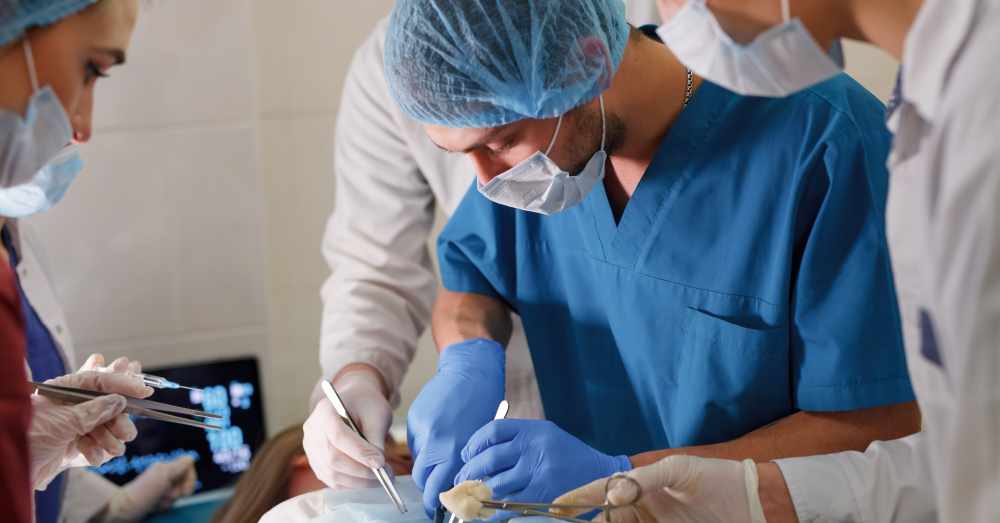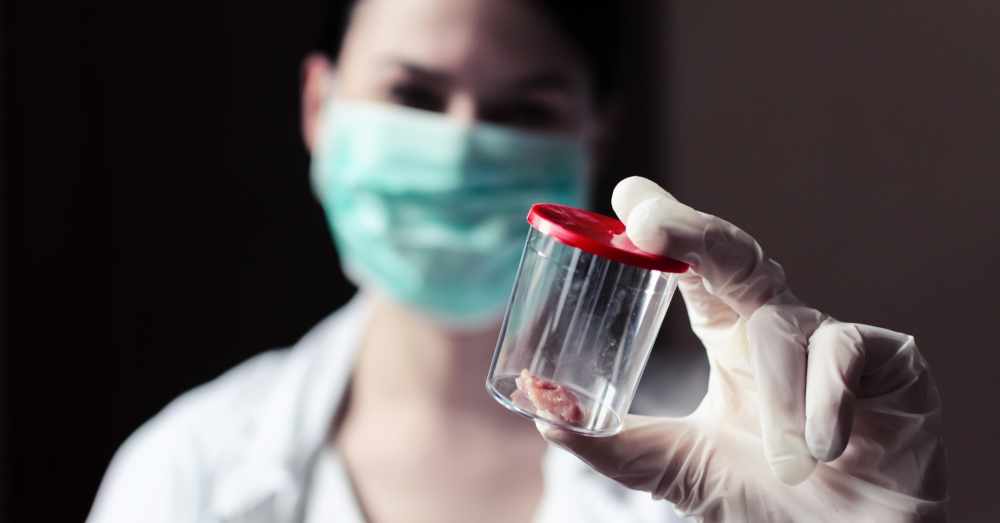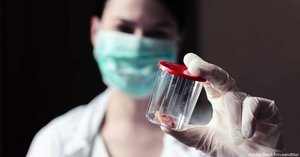Breast cancer surgery is something no one wants to have to do, but it’s made much worse for patients who have to go under the knife again because surgeons weren’t able to get all of the cancer the first time. This means more stress, more recovery time, more pain, a higher likelihood for infection, and a higher cost. And, of course, the longer this process takes, the longer it takes to get the patient into the next phase of treatment and the more time the cancer has to grow and metastasize.The reason this problem occurs so frequently is that cancerous tumors, particularly small ones, are difficult to differentiate from healthy tissue. Surgeons rely on the appearance of the tissue and their own best judgement to determine whether they’ve removed everything they needed to remove, and they won’t know whether they were right or not until the pathology report comes back, usually several days after the surgery. This guesswork often results in surgeons getting it wrong, through no real fault of their own. Photo: Adobe Stock/Andrey
Photo: Adobe Stock/Andrey
Now, however, surgeons are beginning to use a new technique, called “resection of cavity shave margins,” to help get all the cancer out the first time so that patients are less likely to have to go through repeat operations. The technique is essentially a partial mastectomy, a removal of the tumor along with a larger-than-normal area of the margins around the tumor. By removing extra healthy tissue along with the tumor, surgeons have a better chance of getting the job done right the first time.“Historically, 20 to 40 percent of the time we would end up with cancer cells at the edge and we would need to tell our patients we’d have to take them back for a second surgery,” says Dr. Anees Chagpar, a breast cancer surgeon, a professor at Yale School of Medicine, and the study’s senior author. “This is not a good situation for the surgeon, the patient, or the health system. We wondered, simply by taking a little bit more tissue, could we reduce the positive [cancerous] margin?” Photo: Adobe Stock/focusandblur
Photo: Adobe Stock/focusandblur
Chagpar’s study followed 235 Yale breast cancer patients who were undergoing a mastectomy surgery and determined that taking extra tissue from the margins around the breast tumor reduced the need for additional surgeries by half. That’s a lot of women that won’t need to go under the knife again to remove their cancer!Happily, researchers also found that taking out extra tissue did not negatively impact patients’ healing time, create problems with wound healing, or create cosmetic issues, at least in the short-term. Following the study, Chagpar conducted the same research in smaller community hospitals that had no fellowships in nine geographical locations. The findings showed that the results were applicable in these places as well.In the most recent study, Chagpar separated patients randomly into a “shave” and “no shave” categories. The patients who underwent the traditional “no shave” procedure still had cancer left over in the marginal tissue 36 percent of the time, and they required an additional surgery 23.5 percent of the time. Those who had extra tissue shaved off the margins only had leftover cancer in their bodies 9.7 percent of the time and only underwent extra surgeries 8.7 percent of the time. The difference, Chagpar says, is highly statistically significant.
 Photo: Adobe Stock/Mladen“The potential downside is the higher volume of tissue being removed,” says Dr. Niamey Wilson, a breast cancer surgeon and director of research and quality for breast surgery at Hartford HealthCare. “Most women would happily exchange that for not having to return to the operating room a second time.”Sadly, many surgeons do not perform this cavity shave technique yet. We hope, however, that with the research on the subject bringing to light the benefits of the procedure, more surgeons will take notice and begin practicing it in the near future. Share on Facebook
Photo: Adobe Stock/Mladen“The potential downside is the higher volume of tissue being removed,” says Dr. Niamey Wilson, a breast cancer surgeon and director of research and quality for breast surgery at Hartford HealthCare. “Most women would happily exchange that for not having to return to the operating room a second time.”Sadly, many surgeons do not perform this cavity shave technique yet. We hope, however, that with the research on the subject bringing to light the benefits of the procedure, more surgeons will take notice and begin practicing it in the near future. Share on Facebook
Source







